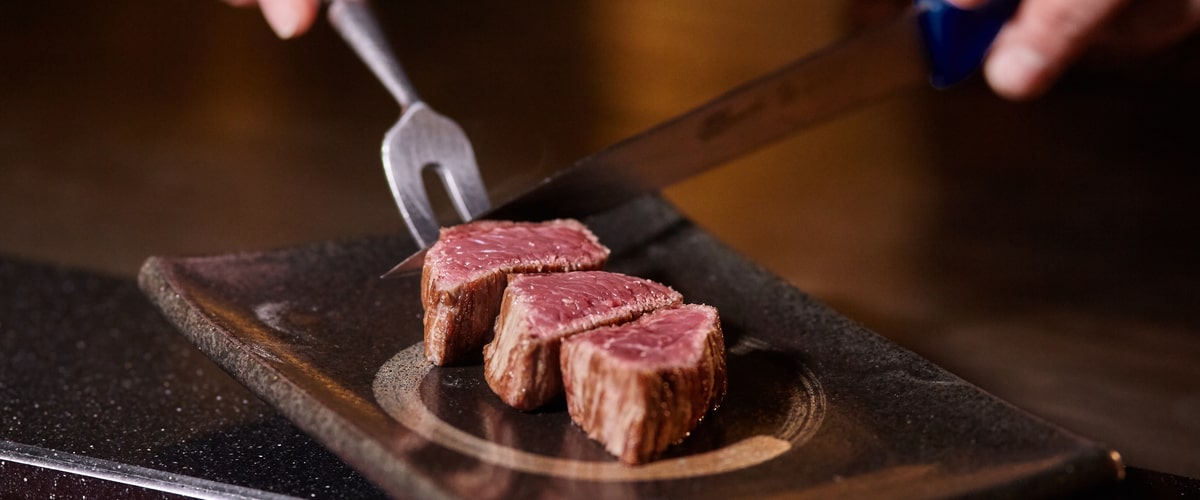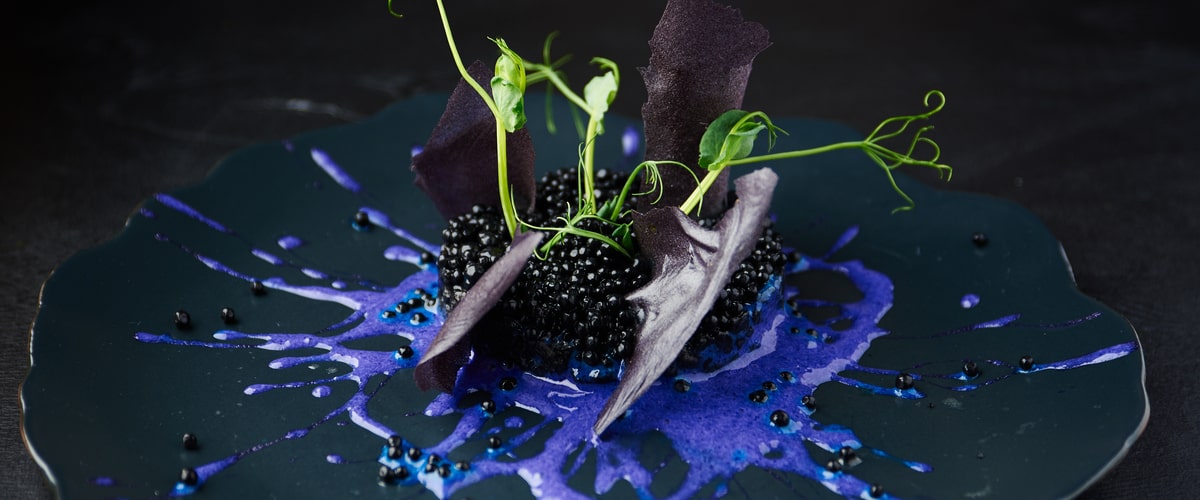Enhancing the Visual Appeal of Dishes: Tips for Home Cooks, Food Bloggers, and Aspiring Chefs
Category : Food Stories, Party Ideas, Recipes, Press Room |
Posted : Apr 22, 2024
In the world of culinary arts, the visual aspect of a dish is more than just a simple adornment; it's a powerful storytelling device, an art form that adds an entirely new dimension to the gastronomic journey. For home cooks, food bloggers, and aspiring chefs, understanding and mastering the principles of food styling can transform the dishes you create from mere sustenance to stunning visual feasts that captivate the eye and elevate the dining experience. This comprehensive guide will walk you through the essential tips and techniques to enhance the visual appeal of your culinary creations, ensuring that they are as delightful to look at as they are to savor.
Understanding Food Styling

The Definition and Purpose of Food Styling
Food styling isn’t just about making food look pretty; it's a strategic art that involves arranging food in a way that is visually appealing, all while maintaining the integrity of the ingredients and the principles of taste. The ultimate goal is to entice the viewer and encourage them to dive into the dish.
How It Impacts Perception and Presentation
The saying goes that we eat with our eyes first, and this is especially true in the age of social media and visual sharing platforms. Well-styled food can make any dish look more appetizing and can positively impact the perceived taste and effort put into a meal.
Choosing the Right Ingredients
Freshness and Quality
The foundation of any visually appealing dish is the quality and freshness of its ingredients. Blemished or tired produce can detract from the overall presentation and can lead to a less appetizing final product.
Colorful and Vibrant Options
Incorporate a variety of colorful and vibrant ingredients to create visual interest. The interplay of different hues can make a dish more inviting and visually striking.
Seasonal Produce
Choosing ingredients that are in season not only ensures peak freshness but also offers a spectrum of colors and textures that can naturally enhance the visual appeal of any dish.
Plating Techniques
Balance and Composition
A well-composed plate is balanced in color, shape, and proportion. Stacking elements, grouping ingredients together, or using negative space can all contribute to a harmonious composition.
Layers and Height
Experiment with layering foods to add depth and interest. Creating height can draw the eye and make a dish more memorable.
Garnishes and Edible Decorations
Garnishes serve both as a visual accent and a flavor enhancer. From delicate herb sprigs to citrus zests or edible flowers, the choice of garnish can be a powerful styling tool.
Using Props and Backgrounds

Selecting Appropriate Props
Use dishware, utensils, and linens that complement the theme of the dish. The right props can add context, suggest an occasion, and enhance the overall aesthetic.
Creating a Cohesive Theme
Developing a consistent visual theme can create a brand identity for your culinary creations. Whether it's rustic, minimalist, or vibrant, coherence in styling can make your dishes instantly recognizable.
Utilizing Backgrounds and Surfaces
The surface and background on which food is presented play a significant role in the final look. Choose backgrounds that don't compete with the dish and consider different materials and textures to add dimension.
Lighting and Photography
Natural vs. Artificial Lighting
Natural light is the best friend of food photography, offering clarity and warmth to images. However, artificial lighting can be used effectively, especially for controlled indoor shoots.
Techniques for Capturing Appetizing Images
Angles, shadows, and highlights can all be manipulated to capture the most appetizing images. Overhead shots work well for flat lays, while side lighting can highlight textures.
Importance of Editing and Post-Processing
Post-processing is where you refine the visual story. Adjusting color balance, sharpening, and cropping can all enhance the final image. However, moderation is key to maintain the authenticity of the dish.
Inspiration and Resources
Online Platforms and Communities for Food Styling
Join online communities, such as Pinterest boards, Instagram circles, and food photography forums, to glean inspiration and learn from peers in the industry.
Books, Blogs, and Social Media Accounts to Follow
There is a wealth of knowledge available from food stylists, photographers, and chefs. From classic books on food styling to modern social media accounts with the latest trends, ensure you follow a diverse set of sources.
Conclusion
Enhancing the visual appeal of your dishes through food styling is an art that requires practice, patience, and a sharp eye for detail. Each element, from the choice of ingredients to the lighting, plays a crucial role in the final presentation. And while styling is important, remember that the ultimate aim is to create a dish that not only looks good but tastes great too. So, experiment, take risks, and above all, have fun on the visual journey of your culinary creations. After all, good food is not just about eating, it's about celebrating and enjoying all the senses – especially sight.













